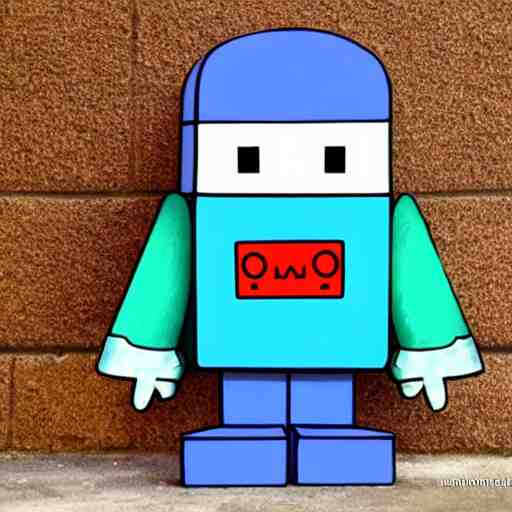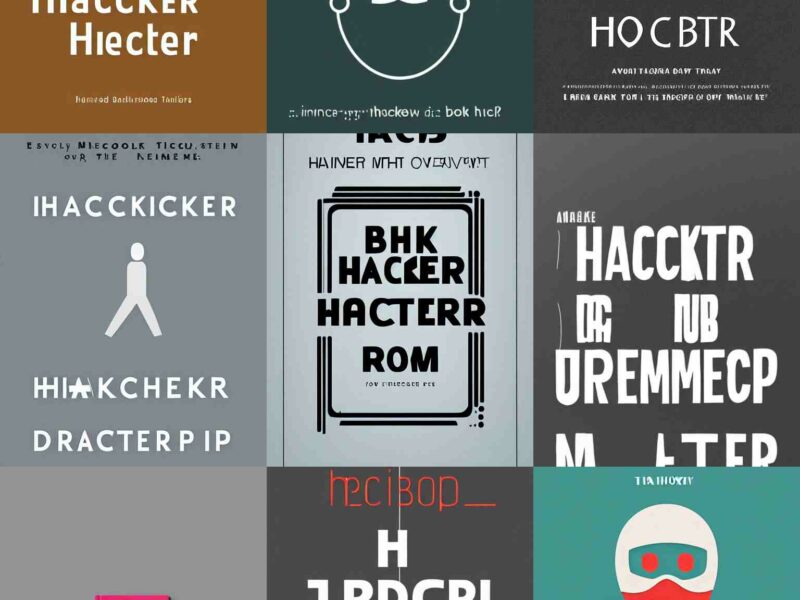What is a Captcha?
The word “captcha” comes from the phrase “capture challenge” or “consume a challenge.” Often called “human verification,” captchas are the puzzles displayed at the beginning of some websites that require you to enter letters and numbers to prove that you are human rather than an automated program.
As an example, a captcha might ask you to identify the letters of a distorted image in order to access a website or app. (Most often, this test is used to protect free-to-use websites from bots.).
Captchas have little to do with protecting against hackers. They serve as another security setting, in addition to username and password combination, to block automated bots from accessing websites and apps.
If you’ve ever been asked to enter the characters in the image into a box on a website, you’ve seen a captcha. Websites use captchas as another layer of security when asking for personal information such as your name or email address. Captchas are used as one of the many ways to combat spammers and bots from registering for multiple accounts or commenting on posts or pages. Captchas have been around since 1997, when they were developed by computer scientists at Carnegie Mellon University as an easy way for computers to recognize humans. The term captcha was coined in 2000 by Luis Von Ahn and colleagues at Carnegie Mellon, who developed the first practical application of the concept: text-based puzzles presented by a user interface known as a visual Turing test. Captchas were initially intended as a way to avoid the need for real humans in certain tasks such as digitizing books, but later they were modified and improved by Google into their current form as a way of blocking spammy bots on web forms. Captchas are often used as a simple way of ensuring that visitors on websites are real people rather than machines that try to automatically access it. It is simply a system that makes it more difficult for bots to complete forms requiring information like email addresses or passwords by presenting them with random characters that resemble letters and numbers but are not actually either. The user then enters these characters into the box to prove that they are real people and not machines attempting to gain access to an account or site. It has become more common in recent years after hackers were able to figure out simple ways of verifying that someone was
This API will help you to create captchas based on the text you pass to it. Improve the safety of your applications with this API.
To make use of it, you must first:
1- Go to Captcha Generator From Text API and simply click on the button “Subscribe for free” to start using the API.
2- After signing up in Zyla API Hub, you’ll be given your personal API key. Using this one-of-a-kind combination of numbers and letters, you’ll be able to use, connect, and manage APIs!
3- Employ the different API endpoints depending on what you are looking for.
4- Once you meet your needed endpoint, make the API call by pressing the button “run” and see the results on your screen.



